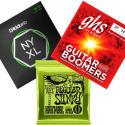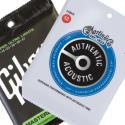How to Remember Guitar Strings the Easy Way
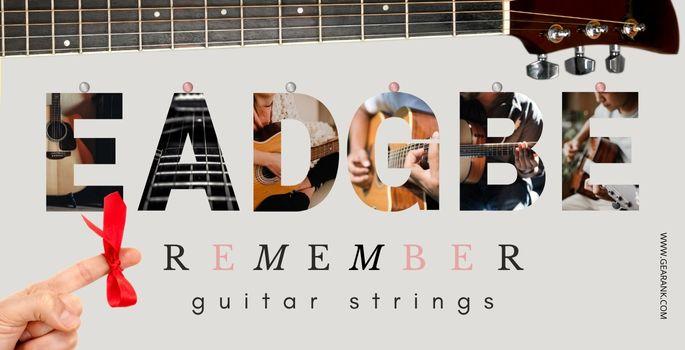
Learning how to remember guitar strings is essential for playing a guitar.
You can only tune a guitar properly if you know guitar string names. And you need to know which is which when swapping out old strings with new ones.
Knowing the tuning of open strings is foundational to understanding where the different guitar string notes are on the neck.
So if you want to become a better guitarist and want your guitar to be playable and in tune, you have to remember guitar string names.
This handy guide will let you know which is which and is a good primer on the basics of guitar strings.
How Many Strings Does a Guitar Have?
A standard guitar will typically have six strings. This includes electric guitars and acoustic guitars with steel strings, and nylon string acoustic guitars.
The strings have different thicknesses and go from thick to thin when viewed from the angle below. The topmost is the thickest string, and the bottom most is the thinnest string.
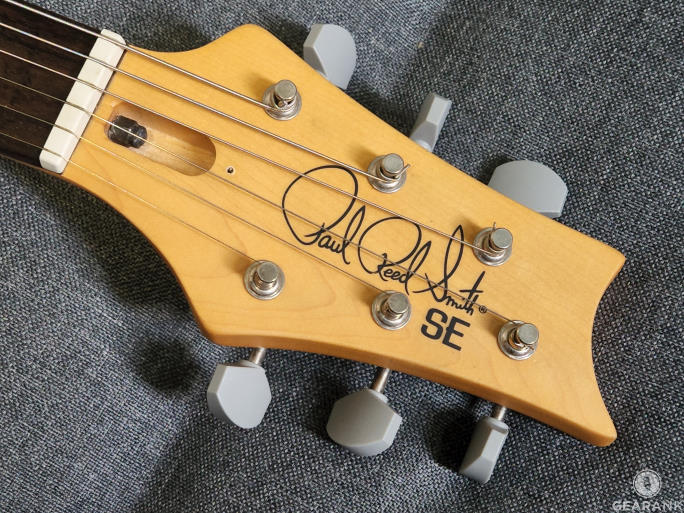
strings are numerically labeled based on their position on the guitar.
The thickest string is called the sixth string. Next to it is the fifth string, and so on, until the thinnest string, the first string.
Now that you know how to number the strings, let's get straight into the string names.
What Are The Names Of The Guitar Strings?
As a guitar teacher, the names of the six strings are among the first things I teach students in guitar lessons.
And rightly so, because the letters corresponding to the strings are the pitch the strings are tuned to.
The names of the strings are E, A, D, G, B, and E; let's look at them in more detail below.
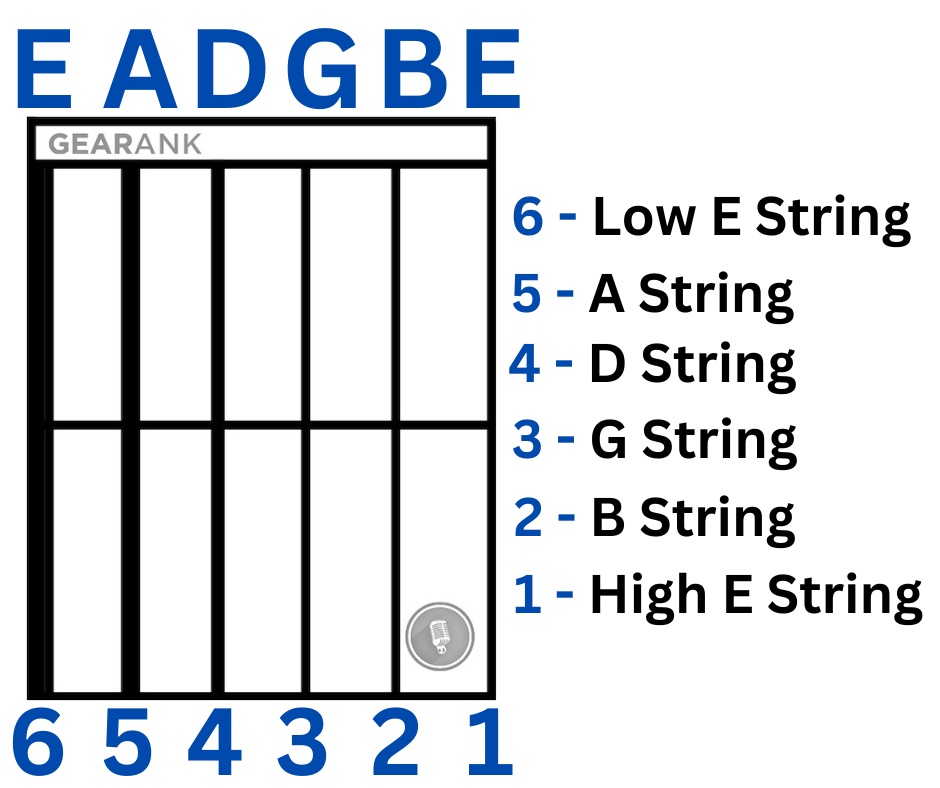
The thickest string is the low E string, the lowest note. The thicker strings are lower in pitch than thinner strings because they are larger. This makes it easier to differentiate between playing a low E string or a high E string.
When looking down at a guitar lying flat on your lap, the string closest to you is the lowest E.
Next to string six (the low E) is the A string. Then, we have the D string, the G string, the B string, and the E string- the highest string, also known as the 'top' string.
Knowing which is which is important when your restring a guitar.
So, on the fretboard, we have:
- E String (low) - String 6
- A String - String 5
- D String - String 4
- G String- String 3
- B String - String 2
- E String (high) - String 1.
History of the Guitar Standard
Modern-day guitars are descendants of old stringed instruments like the lute. And just like the lute, guitars are available in different tunings and string configurations.
But most guitars you'll encounter follow a "standard" tuning configuration. They have 6 strings tuned to EADGBE (from thickest to thinnest string) standard guitar tuning.
This tuning is not a recent invention. It was already widely used by classical guitar masters like Fernando Sor in the 19th century.
EADGBE tuning is derived from the perfect fourths tuning used in Renaissance-era stringed instruments. This configuration distributes the notes better across the fretboard. It allows for geometric patterns that make it easier to play chords and scales.
This tuning started with ADGBE for 5 strings; the lower E was later added for more bass.
These days, the EADGBE tuning is integral to guitar design. Manufacturers tweak their instrument designs to handle EADGBE string tension properly.
What Are The Guitar String Names
To learn the guitar string names, you will have to remember the short form: EADGBE. If you need help remembering this, you can split them into two.
Then, you have e a d and g b e. However, you can use learning tools such as the mnemonic or numbering methods to help you learn them.
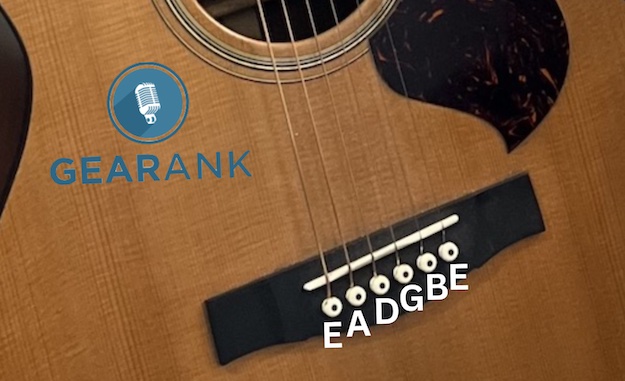
How To Remember Guitar Strings Using Mnemonics
Using mnemonics can help you memorize the string names.
For example, to remember the first three strings E A D, you can use the phrase 'Eat All Day.'
This same technique can be applied to remember the entire sequence from the thickest (6th) string to the thinnest (1st) string: E A D G B E.
Some mnemonics for E A D G B E you can use are:
Eat All Day, Get Big Easy
Elephants And Donkeys Grow Big Ears
Every Amateur Does Get Better Eventually
Ernie And Dave's Guitars Beat Everyone
On the other hand, if you want to learn the guitar strings by starting with the thinnest and lightest string (1st string), then you would need to learn: E, B, G, D, A, E.
Some mnemonics for the numbering system are:
Every Boy Gets Dinner At Eight.
Eat Breakfast, Get Dinner After Exercise
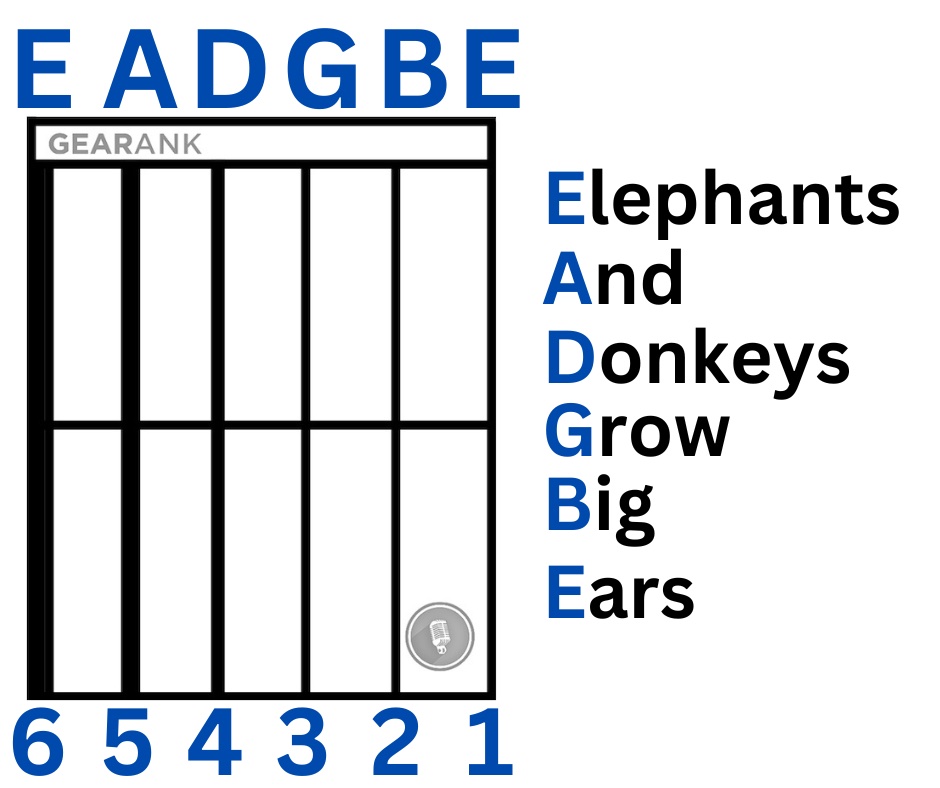
Does Mnemonic Work, and How does it Help?
Yes, it works; it lets you attach your memory to a word or phrase that's easier to memorize. Which, in this case, is changing string names into memorable words. Each letter represents a string on the guitar.
You indirectly memorize each string's name by using substitute words that are easy to recall. And do so at a more efficient and fast level.
Bass Guitar String Names
The standard tuning for a 4-string bass guitar is the same as standard guitar, with fewer strings and at an octave lower. The standard tuning for 4-string bass guitars is EADG. Note that the open E string plays a lower octave E note compared to a guitar.
A standard electric guitar is similar to an acoustic one. It comes with six strings and has the same EADGBE tuning.
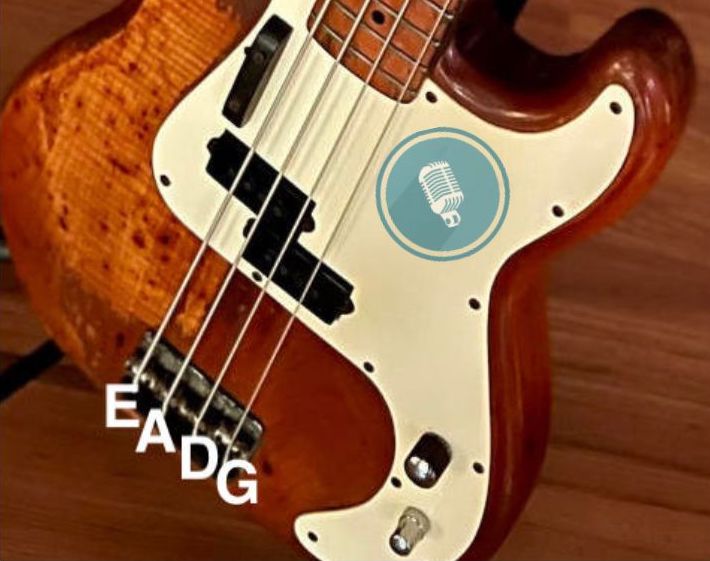
Summary
Knowing the names of the guitar strings is important for playing and maintaining your guitar.
Learning the string identities and where they are positioned is crucial when <a href="/how-to-string-acoustic-guitar">Changing Strings</a>. It will also help you play better.
The string naming convention is either numerical or via letters. The numerical naming starts from the thinnest string (1) to the thickest string (6).
The letter naming convention is based on the actual tuning of the strings. Which, in the case of most guitars, is EADGBE, the standard guitar tuning. You can use mnemonics to memorize the appropriate letter for each guitar string.
If you find this How to Remember Guitar Strings the Easy Way article helpful, you'll like our writeup on How to String a Classical Guitar Like a Pro.



